
Developer: Infinity Plus 2
Publisher: D3 Go!
Platform: Switch
Tested on: Switch
Puzzle Quest: The Legend Returns – Review
Puzzle Quest is a series of games that’s been around since 2007 already. With many popular games, it got its unique mix branded as something every gamer could play and love, while still providing a challenge at times. Now this game is brought to you on Nintendo Switch with a remake of the first game ”Puzzle Quest: Challenge of the Warlords”, as well as the expansion Revenge of the Plague Lord, and some new quests. This remake is named Puzzle Quest: The Legend Returns.
Story
Writing has never been Puzzle Quest’s strongest side. Most quests are pretty incoherent and boil down to ”go to the cave” and ”slay a spider”. There are some bigger story-related main quest lines that do better when it comes to story, but most of it just isn’t that interesting. It’s a method to knit together the many match-3 puzzle fights that you will have with many opponents. The only way the game tells its story is by text as well, which is fair enough, though one can wonder how much there should be done on an older game to properly ”remake” it, which is a question that lingers with a lot of re-releases these days.
Graphics
The only real change in Puzzle Quest is the graphical overhaul, where the game obviously gives a lot of sharper edges and newly drawn models. This feels like a big improvement, though judging by how many characters, drawings, and effects there are in the game, it doesn’t seem like a huge effort. With many games these days bringing forth full animations on attacking an enemy, Puzzle Quest basically just substracts the lost health from whoever has been hit by an attack, accompanied by a rather weak sound effect that doesn’t make feel anything impactful at all. What perhaps worked well by limitations (Nintendo DS’s version of Challenge of the Warlord as an example) or the age of game development that was 2007, just doesn’t seem as strong anymore.
Sound
No, except for the gameplay and the improved graphics, Puzzle Quest hasn’t aged well. The sound is one of the most obvious examples since the tracks that are being played in the background are very monotonous and sadly sound like they are some royalty-free tracks used in cheap visual novel games. The same goes for sound effects during the gameplay itself. Where later match-3 games such as Bejeweled, Candy Crush, and other highly popular games got a whole array of sounds, screen-shaking effects, and visuals, Puzzle Quest is very meager in such aspects. When attacking, all you hear is a weak lightning-like sound. Again, it’s a question of where a remake should draw the line to still stay the same game people got to love when changing and renewing elements of said games. But ever so often these days it feels like sheer laziness how little work actually has been put in a re-release, and simply an easy way to get money fast.
Gameplay
Luckily, the gameplay also stayed the same. Mostly, it aged just fine as the match-3-RPG combination it is. This means that you go walking from town to town where you get quests, which guide you to other places. During these quests or sometimes during the walking around, you will encounter enemies and are asked to fight. This is where the Puzzle Quest mechanics kick in. You have four different mana colors, and each can be found in the playing field. Besides mana, there are also skulls to match that allow you to attack the enemy (with your weapon), gold that you can gather to buy stuff later on, and purple tiles that grant you experience to level up faster.
Depending on which character you choose at the start, and which creature the computer puts you against, each and every creature has its own unique set of abilities. New abilities are added as you gain levels, and you can activate them by gathering the required mana (by matching tiles of those colors). Now, all of this can be a fun and addicting time like it has always been, though some characters feel like they are significantly more useful in their abilities. Especially the enemy can have ridiculously strong abilities compared to your own, making it feel very unfair at times. In that aspect, and depending on your level, Puzzle Quest: The Legend Returns has two types of battles. Battles that you can win pretty easily, and battles that will probably stomp you into the ground until you find a good chunk of gear to help you on your way or level up a few times. Perhaps you can imagine that in the latter case, when a battle could easily take you ten to fifteen minutes to play, this is terribly frustrating.
In the end, the game really has all of its charm coming from the addictive and unique take on RPG and puzzling by combining the two. You can find more pleasure in playing once the playing field feels leveled, and there is more to do such as spending heaps of gold on building your own citadel which allows you to spend even more gold on upgrades in case you somehow get rich. Yet the game does feel outdated in more than one way, and perhaps a new addition to the series would have been a better choice.
Conclusion
Yes, Puzzle Quest: The Legend Returns brings something that Puzzle Quest fans can probably appreciate. The original game is back with a revamped look. But that’s about all. Despite adding ”extra” quest content, the game feels outdated by the lack of proper sound, meager writing, and sometimes unbalanced gameplay. It’s still as addictive as it has always been, but it just doesn’t fit 2019 as well as it did for 2007.
Puzzle Quest: The Legend Returns - Review,
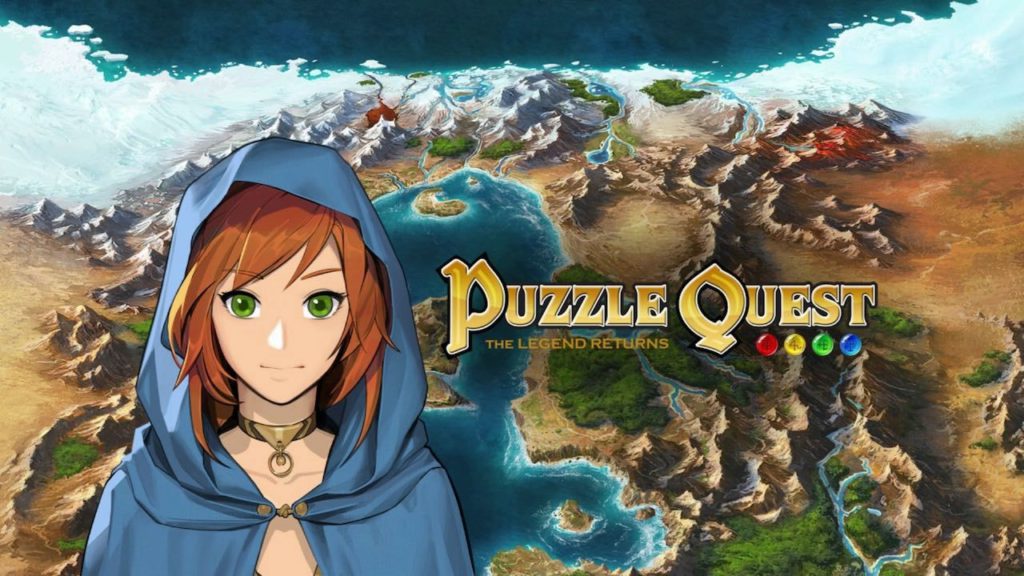
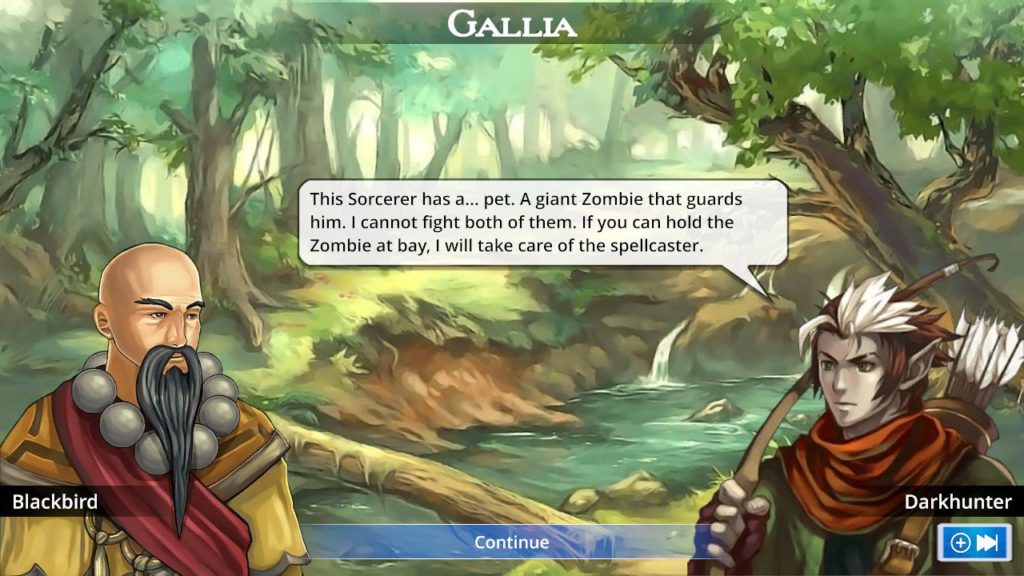
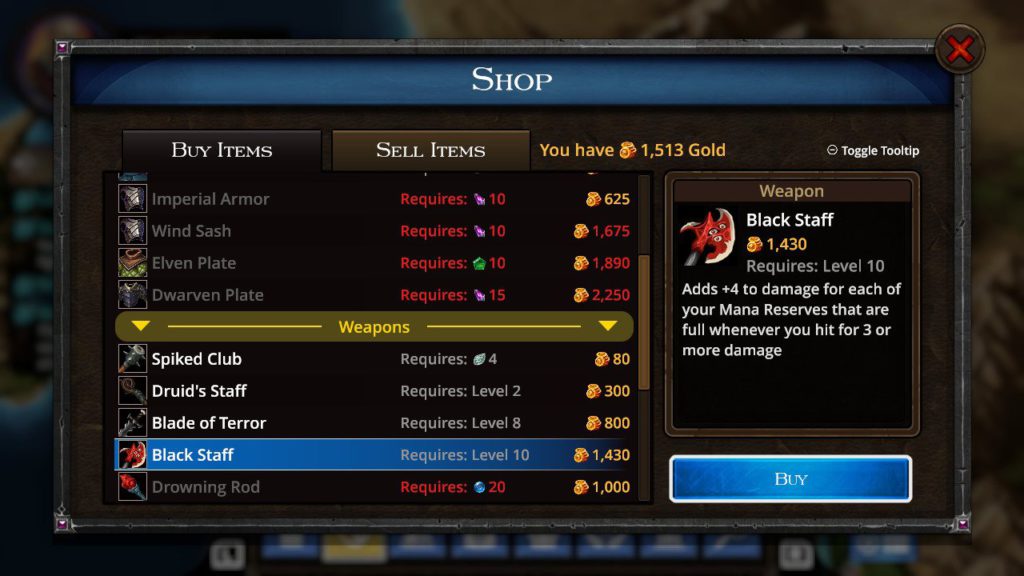
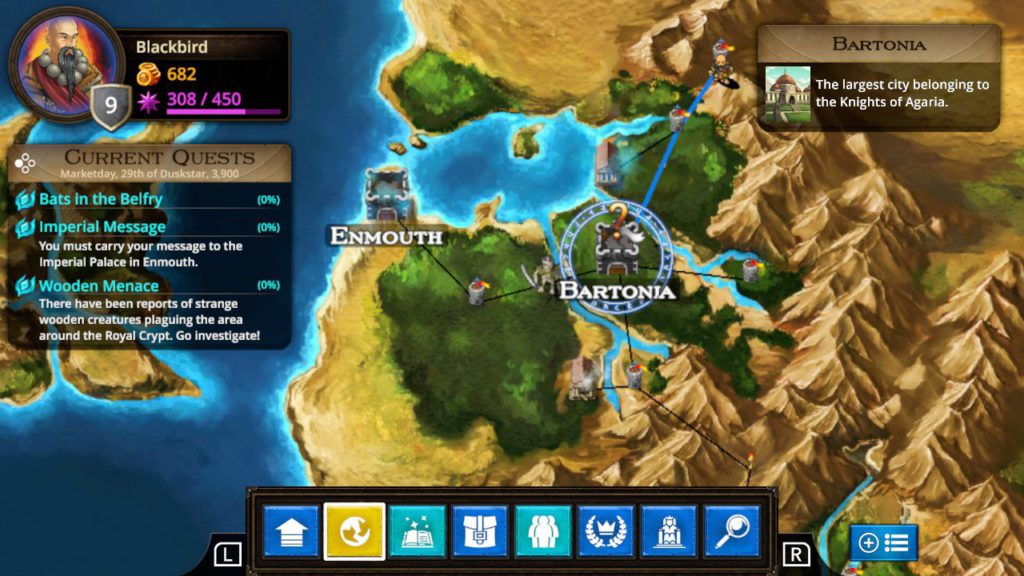
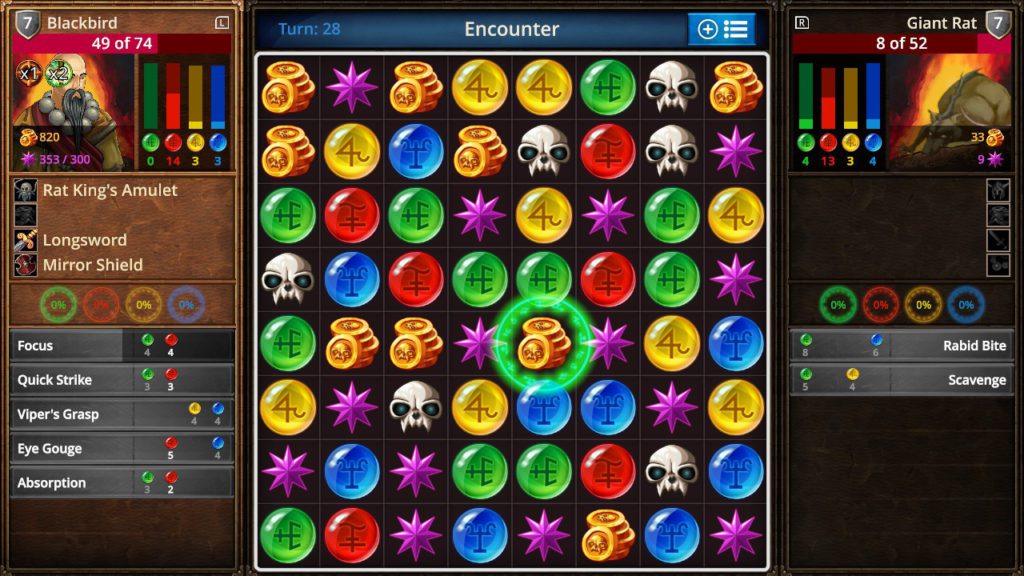



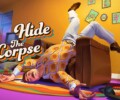
No Comments